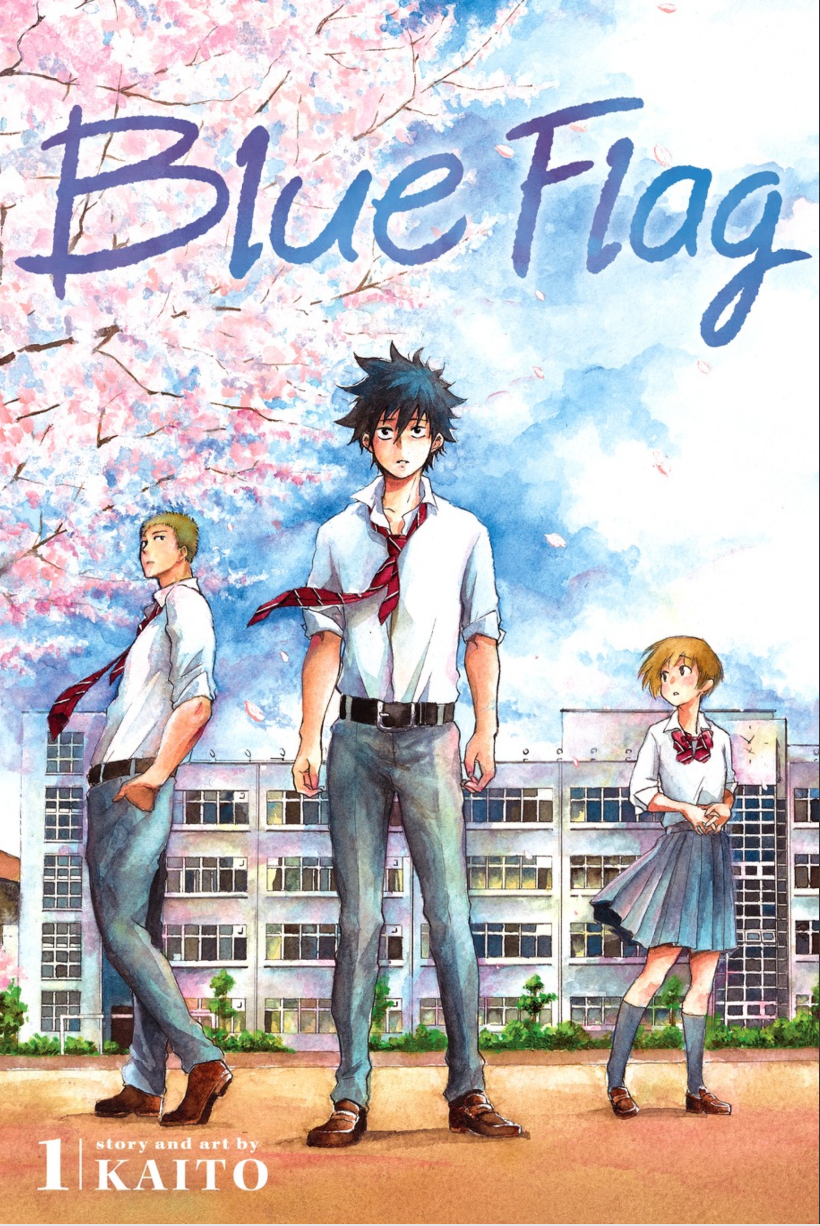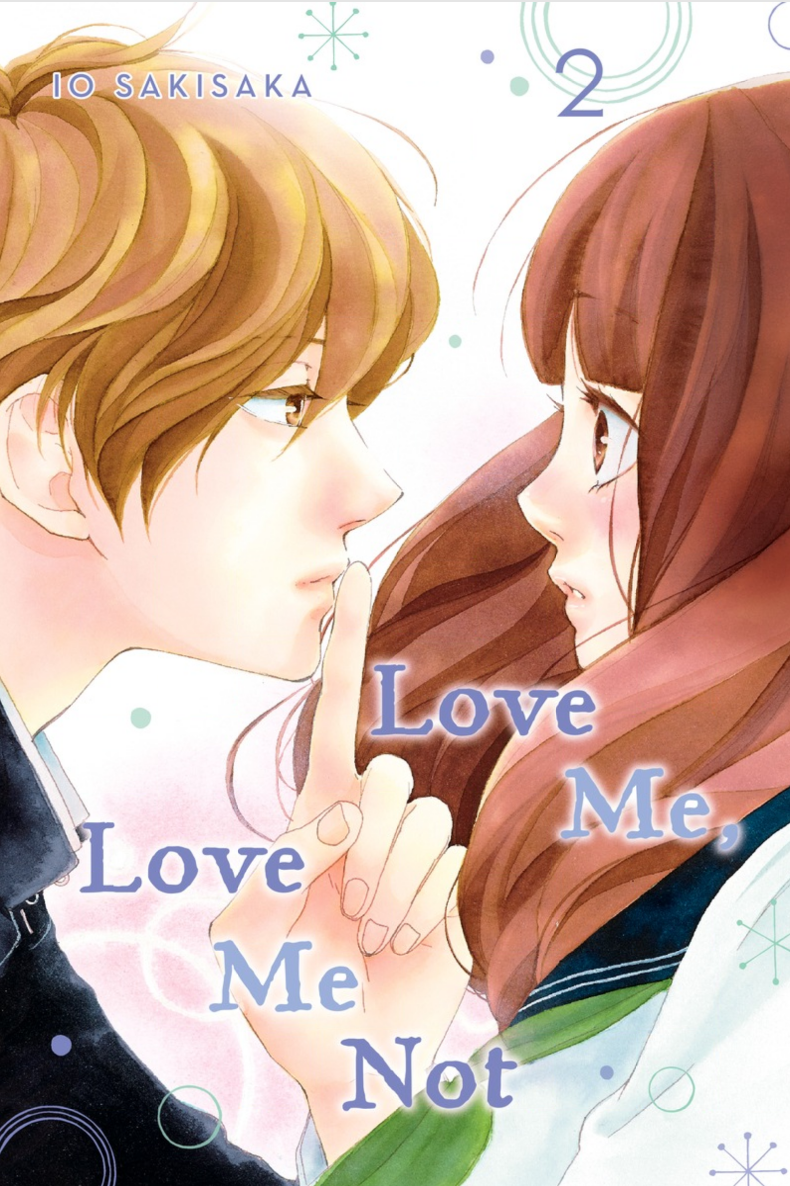Ao Haru Ride Volume 11 by Io Sakisaka
Throughout this series, nostalgia and feelings of being haunted by the past have come up in a variety of ways, and this volume shows a bit of movement forward on Kou’s part as he goes to visit various sites from his past. He ditches during a school trip where he used to live and induces Futuba to come along with him “as friends.” She comes along, knowing in the back of her mind that she’s lying to herself.
Together they visit Kou’s old apartment, middle school, and his mother’s grave. Kou seems much more emotionally resilient, coming out of this nostalgic trip with a greater sense of certainty about what he wants to do and who he wants to spend time with (spoiler alert, it is Futuba!). There are also some nice side stories with the larger friend group interspersed as Futuba and Kou wander around with each other. Futuba ends up being stricken with guilt that she was hanging out with Kou without telling Toma what was going on, and ends up going to angsty extremes in dealing with her emotions. Toma’s on the cover of this volume, and he definitely deserves it, as his steadfast approach to romance with a girl who is fairly honest about her wavering feelings makes him a stabilizing presence. While Kou might finally know what he wants, and I’m team Kou all the way, Sakisaka infuses scenes of Futuba and Toma talking to each other with so much joy that I felt myself wavering a bit! There’s always plenty of drama in each volume of Ao Haru Ride, but it never seems to be over-the-top or unearned, because so much of it is drawn from the characters’ internal motivations and the changes to their personalities as they are gradually growing up. This was yet another solid volume in a very good shoujo series.




